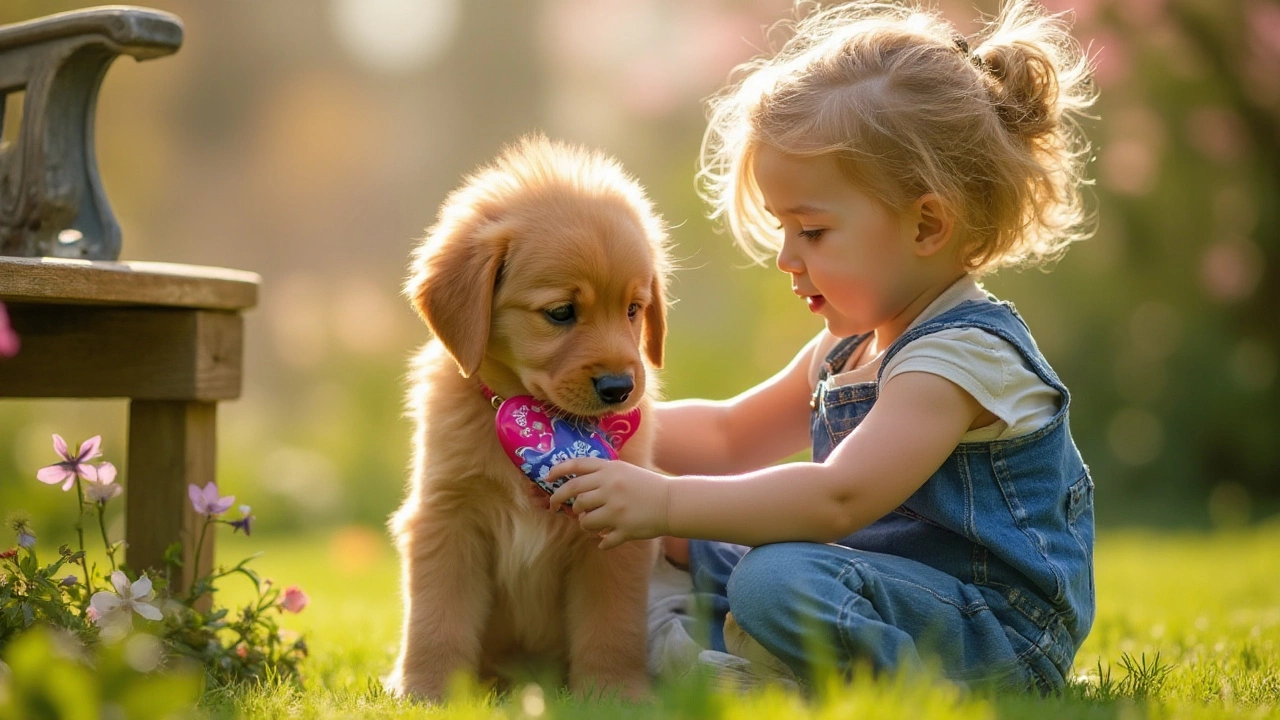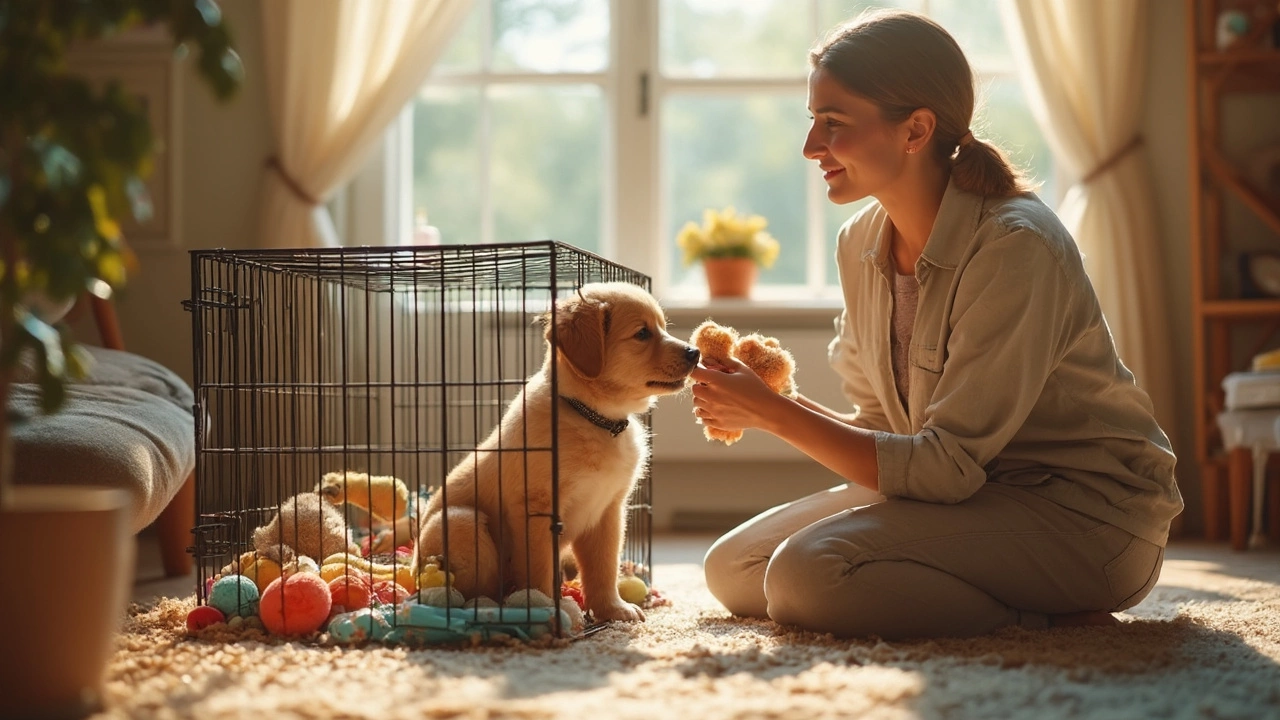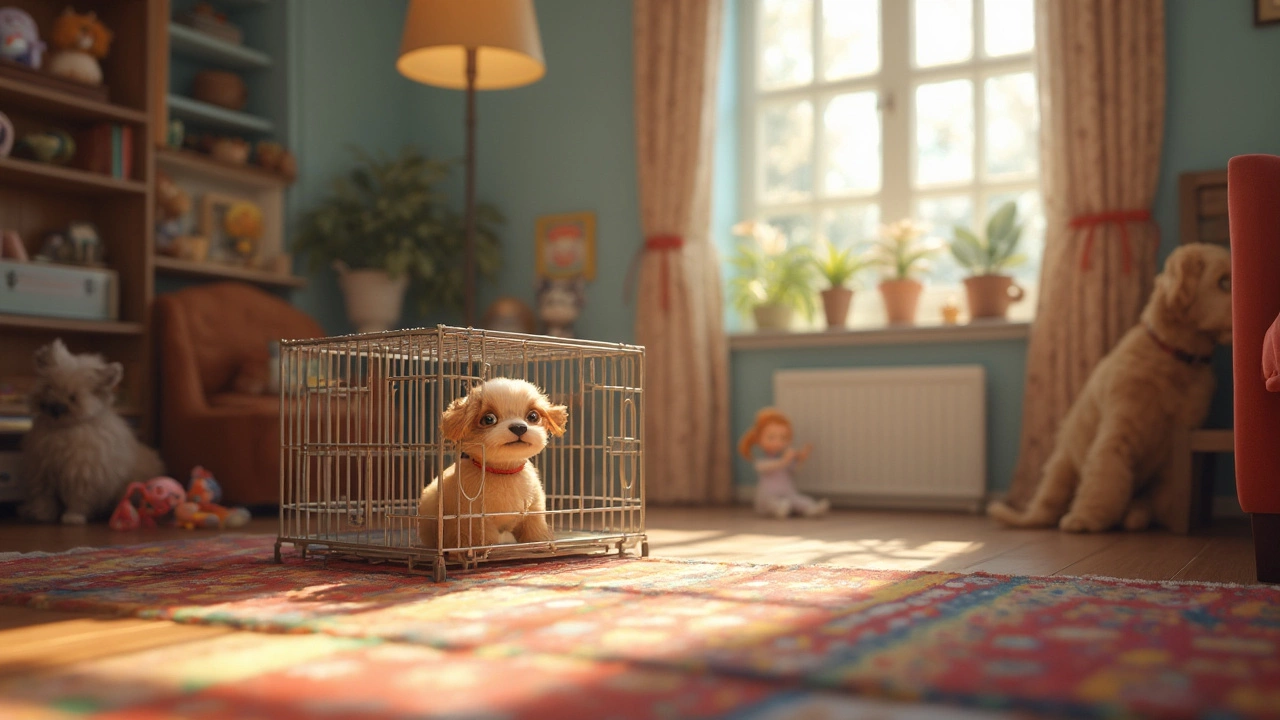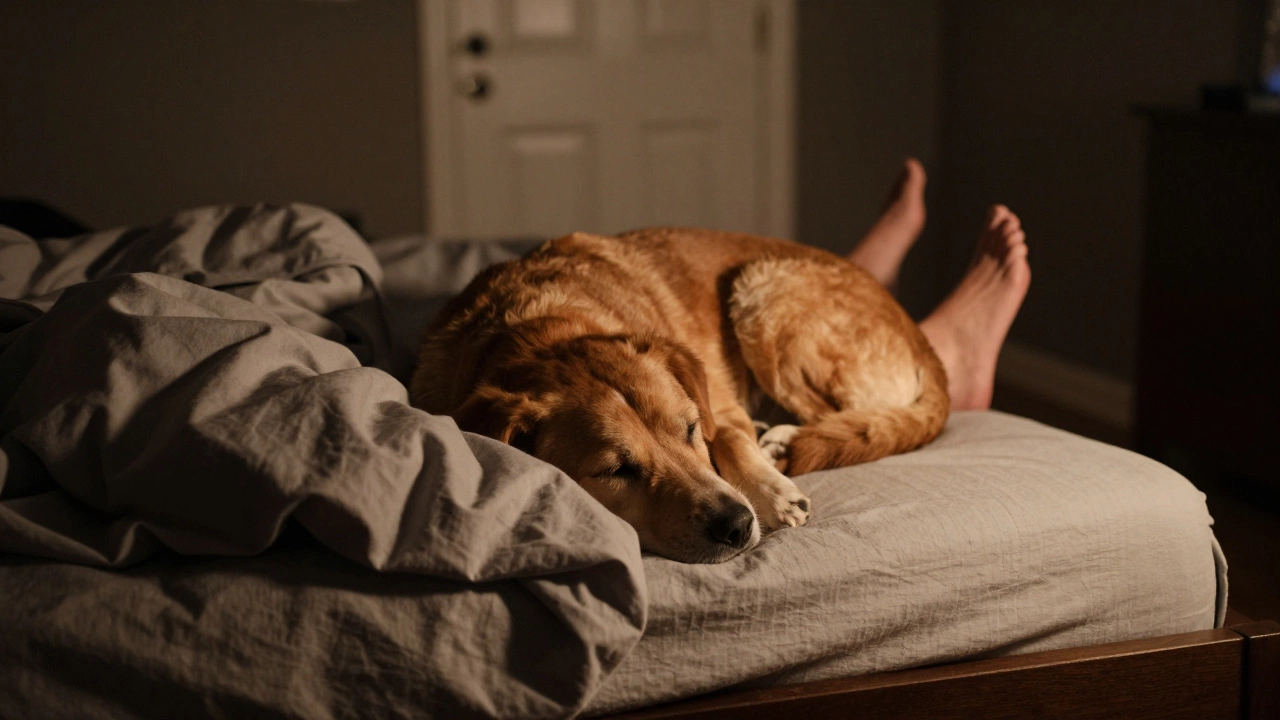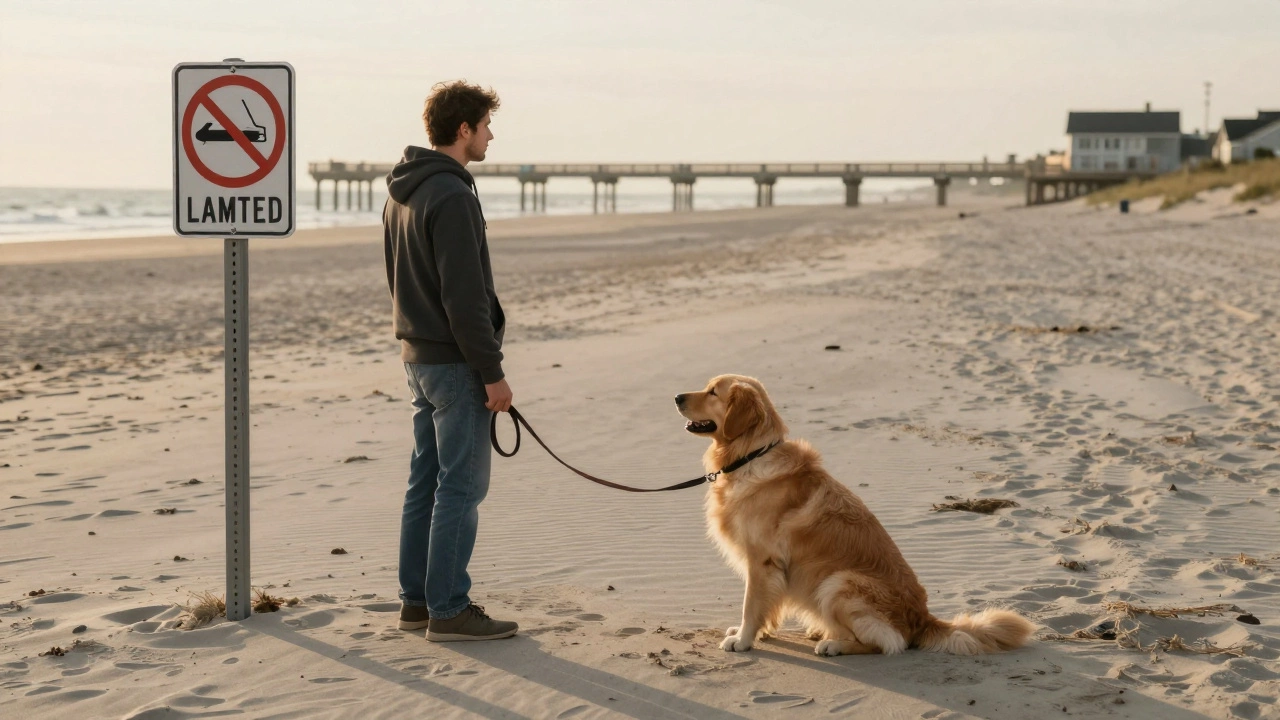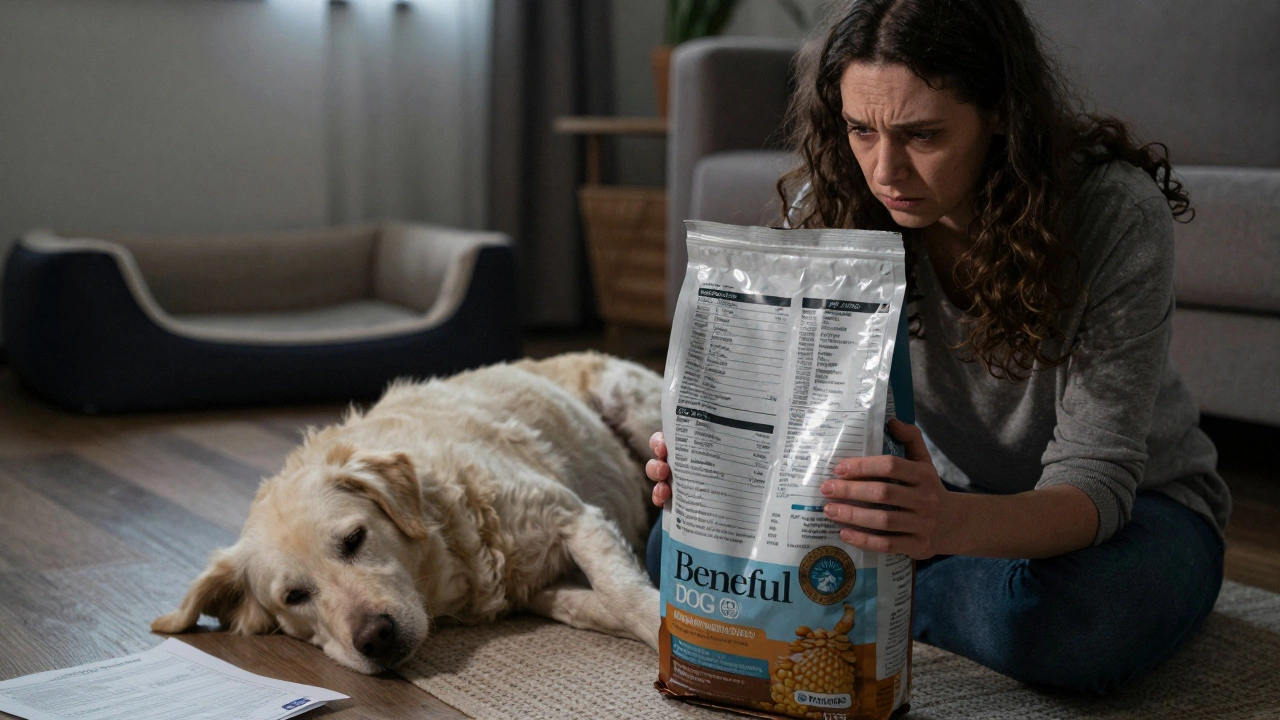Puppies come with a zest for life and a seemingly endless need to explore their world through their mouths. Their gentle nips often shift into more persistent biting, leaving many new puppy owners wondering when it will end. While this behavior is not permanent, it is crucial to understand the factors influencing it.
Puppies generally cease their biting phase between six to seven months as they mature and learn what's acceptable. But it's not just about waiting; it's about guiding them through it with the right approach. Understanding why puppies bite, and how to effectively teach them to grow out of this behavior, helps in nurturing a happy and well-adjusted adult dog.
- Understanding Puppy Biting
- The Teething Phase
- Training Techniques
- Signs of Aggression
- Positive Reinforcement
- When to Seek Help
Understanding Puppy Biting
Puppy biting is an expected behavior during the early stages of life, serving a few essential purposes for these curious young canines. At the core, biting is a natural inclination. Puppies, much like human babies, rely on biting to explore their environment and socialize with fellow littermates. The world is new and exciting, and those little mouths are their primary tools for exploration. However, as much as it's natural, biting can become problematic if not addressed early on.
A significant portion of puppy biting is tied to teething. Around the age of three to six months, puppies experience teething, a phase marked by discomfort as their adult teeth make an appearance. This period is crucial for social development as well; puppies learn bite inhibition, which is crucial for interacting with other dogs and humans. It's through play and interaction with littermates that puppies learn when a bite is too hard. They yelp or withdraw, teaching the biting pup to associate hard bites with negative responses.
Another major factor is that, to some extent, biting is simply playful behavior. Puppies are naturally playful creatures, and mouthing is a big part of how they play. When they nuzzle, chew, or nip, they're often just trying to have fun and get attention. While adorable as they are, it's essential for owners to set boundaries early. If puppies aren't taught the rules of the game, those small nips can develop into harder bites, potentially causing issues down the line. It is during these months that owners have the best opportunity to teach them acceptable behavior.
Dr. Patricia McConnell, an expert in canine behavior, points out, "Biting and mouthing are completely normal behaviors for puppies, but because they have sharp little teeth, it's vital to teach them what's appropriate and what's not right from the start."
Some puppies bite to communicate discomfort or fear. If a situation feels threatening, their instinct might be to bite. It's essential to recognize that fear-driven biting is different and typically requires a more nuanced approach, often involving guidance from a professional. This is especially important for breeds predisposed to protective behavior.
Owners should watch for patterns in biting behavior. Is it happening during playtime? Or does it occur when they’re meeting new people or other animals? Recognizing these patterns can help tailor training approaches appropriately. Additionally, reducing boredom can play a big role in managing puppy biting. Providing ample physical activity and mental stimulation through toys can channel their energy positively.
Handling puppy biting is part of the broader spectrum of puppy care and requires a patient, consistent approach. By understanding why puppies bite, owners can effectively guide their furry friends through this key developmental stage. As pups grow and learn the ropes of their environment, the persistent nibbles transform into gentle, loving interactions.
The Teething Phase
Every puppy owner is all too familiar with the teething phase - a period marked by both chaos and charm. During this time, young dogs experience significant changes as they shed their "baby" teeth and grow their permanent chompers. This typically occurs between three and six months of age. Puppies, much like human babies, use chewing as a way to soothe the discomfort of their gums. This natural urge often turns your slippers, furniture legs, and sometimes your hands into their preferred teething toys.
Understandably, dealing with a teething puppy requires patience and understanding. Providing proper chew toys is essential. Opt for safe and durable toys made of materials like rubber or nylon. These can withstand the intense gnawing while also offering relief. Consider toys with varied textures since pups enjoy new sensations as their sharp teeth push through. It's important to remember that a puppy biting is more than just a destructive habit; it's an instinctive behavior.
Interestingly, teething isn't just about physical growth. According to animal behaviorists, it's a crucial learning stage. Puppies explore with their mouths, just as toddlers do with their hands. This can teach them lessons about what's acceptable to chew and what's not. As they interact with various objects, they're making connections and learning boundaries. This learning period can significantly shape their future behavior.
Experts from the American Kennel Club state that while all puppies experience teething, their approaches can vary. Some pups are more stubborn, so they require different techniques and stronger supervision. They suggest rotating chew toys to keep things exciting and prevent boredom. Bored puppies are prone to mischief and can quickly turn to inappropriate biting. Ontario Veterinary College even advises freezing certain toys to provide a cooling sensation for their inflamed gums. This not only offers relief but also redirects their biting behavior towards appropriate outlets.
- Offer a variety of chew toys to stimulate interest.
- Ensure toys are safe and strong enough for intense chewing.
- Try chilled toys to soothe inflamed gums.
- Practice patience and redirect inappropriate biting to toys.
A table might be useful if you’re exploring which chew toys are best during this crucial developmental window. Choosing the right ones can make the difference in helping your pup nip their messy biting habits in the bud.
With dedication, understanding, and the right resources, supporting your pup through their teething phase doesn't have to be a headache. Embrace it as an opportunity to encourage healthy habits that will last well beyond their first year.
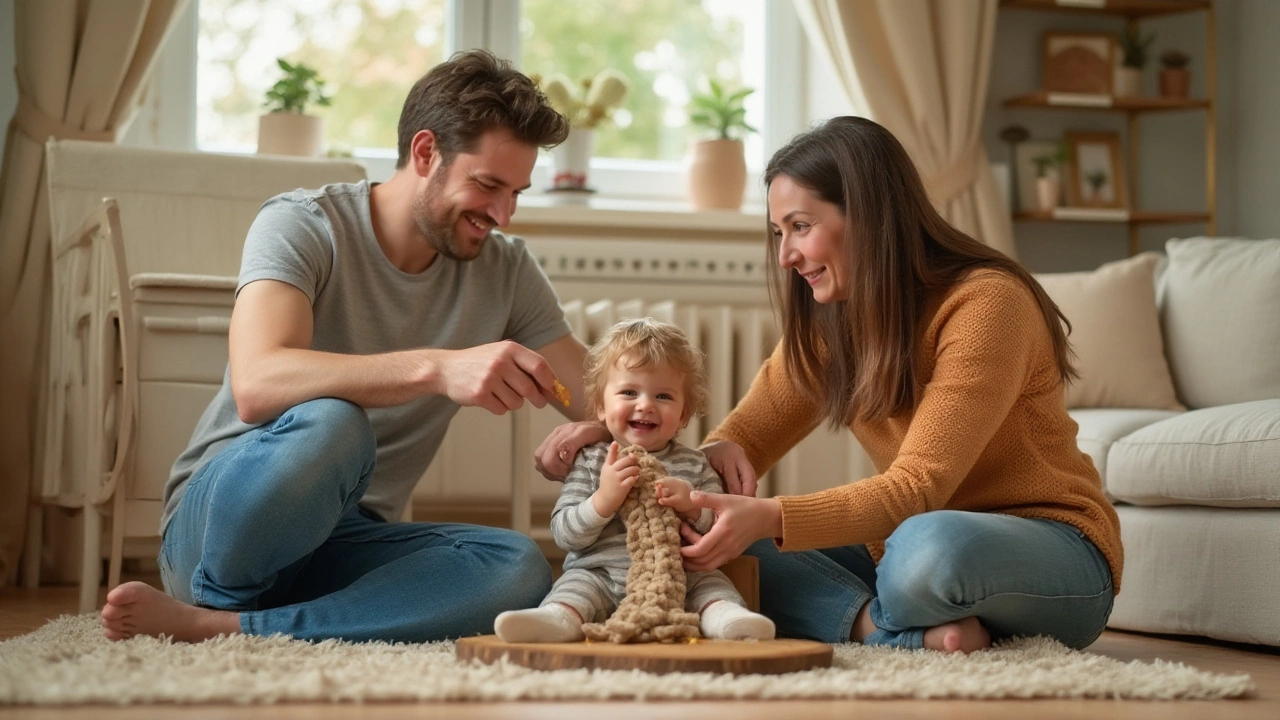
Training Techniques
Training a puppy to stop biting is not just about saying "no" every time those little teeth come into contact with your fingers, it's about guiding them into understanding what's appropriate. One of the first steps is to start with socialization. Exposing your puppy to different environments, sounds, and people can significantly reduce biting behaviors. When they encounter diverse social situations, their biting tendency driven by fear or anxiety diminishes. It's like showing them that the world is a friendly place, not something to nip at.
Consider using positive reinforcement as a primary strategy in training. What does this look like? Each time your puppy refrains from biting during play, reward them. This could be a tiny treat, a gentle petting, or even excited verbal praise. Puppies quickly learn to associate non-biting behavior with good stuff coming their way. American Kennel Club experts advocate this method, emphasizing consistency and patience. They note that even acknowledging good behavior counts, saying, "Setting your puppy up for success involves structure and rewards."
Teaching the 'leave it' command serves as a valuable tool not just for biting but for stopping unwanted behaviors in general. Start by holding a treat in both hands. Offer one hand visibly with a closed fist, keeping the treat out of reach, and when your pup shows interest in the treat, say 'leave it.' Wait until their focus shifts, then open the other hand to reward them with the treat. Practicing this command regularly alongside bite inhibition techniques creates a stronger understanding in puppies.
Interactive play involves teaching puppies bite inhibition through games. Begin with a game involving tug toys—this naturally encourages a puppy to bite on something that's appropriate. If their teeth touch your skin, express a loud 'ouch' to signify the play getting too rough, then step back and pause the game. This feedback helps them understand boundaries. Keep sessions brief and enjoyable to ensure your puppy stays engaged and learns without getting overly excited or anxious.
Take a look at your puppy’s daily routine. Are they getting enough exercise and mental stimulation? Biting often stems from an overload of pent-up energy or boredom. Incorporating daily walks, playful outings to a dog park, or puzzle games can help in channeling energy positively. Stats show that puppies with at least an hour of active play are less likely to bite out of boredom. Simple adjustments to your routine can testify to making a big difference.
If your puppy still exhibits persistent biting after trying various techniques, it could be beneficial to enroll them in a puppy obedience class. Professional trainers are equipped with tools and insights that might not be as apparent to a new puppy owner. Often, trained eyes can spot nuances in behavior that could signify underlying issues and provide peace of mind. Remember, training is a journey—one that requires a good mix of discipline, patience, and a whole lot of love.
Signs of Aggression
While puppy biting is usually a natural part of their development, it is essential to distinguish playful bites from more concerning signs of aggression. Recognizing these signs early on can help address issues before they escalate, maintaining harmony in your home. It’s not just about a nip here and there, but the underlying behavior that might accompany these actions. One of the first indicators of aggression in puppies is repetitive growling or snarling, especially when it occurs during calm moments. This kind of behavior, if left unchecked, may progress into more serious aggressive displays as the puppy matures.
Aggressive biting often appears paired with a stiff body posture, fixed staring, or baring teeth. When a puppy starts targeting specific people or other animals in your household with these aggressive signs, it's crucial to take notice. They may snap or bite in response to non-threatening situations, and these actions should not be overlooked as they deviate from normal puppy play. Monitoring your puppy's body language is key: a puppy that cowers with its tail tucked between its hind legs each time a bite occurs might not be aggressive but fearful, illustrating a different problem altogether.
Sometimes a sudden change in environment, new additions to the family, or stress can trigger aggressive behaviors in puppies. Understanding the circumstances surrounding when aggression appears can offer clues on how to best address it. Aggression can stem from fear, a dominance assertion, or even a reaction to over-stimulation. Tracking when and why aggressive biting happens and keeping a puppy care journal might be beneficial in identifying patterns or triggers. According to research by the American Veterinary Medical Association, proper socialization during puppyhood is key in minimizing aggressive behaviors.
Dr. Emily Weiss, a renowned pet behavior expert, once stated, "Socialization should start early and continue through to adulthood to prevent fear-based aggression."
Training techniques are vital in diverting aggression into more positive behaviors. Early intervention through consistent and gentle discipline can redirect your training puppies to adopt more acceptable behaviors. Some professionals suggest desensitization and counter-conditioning techniques, where the puppy gradually gets accustomed to the triggers of their aggression. For example, if your puppy shows aggression when approached while eating, practicing calm and positive reinforcement at a safe distance during meal times might help. Interaction should only escalate as they demonstrate more tolerance and comfort. A balanced training approach that includes reward-based methods shows promise in leading to lasting behavioral changes. However, if the aggression persists, consulting with a professional animal behaviorist or a veterinarian is prudent to address potentially deeper issues.

Positive Reinforcement
Positive reinforcement is a powerful tool in every puppy owner's toolkit, especially when dealing with undesirable behaviors like biting. The basic principle of positive reinforcement is to reward behaviors that you want to encourage and ignore those you want to diminish. When your puppy bites or mouths you during play, it's essential to communicate that this isn't acceptable. But instead of punishment, which can often lead to confusion or fear, guiding your puppy toward good behavior with treats, verbal praises, or petting is much more effective.
It's crucial to reward your dog almost immediately after they exhibit the desired behavior. This helps strengthen the association between the action and the reward, making it clear that not biting brings positive outcomes. Consistency plays a key role here—everyone in the household must be on the same page regarding rules and rewards. This consistency makes training much more stable and reliable, helping your pup understand what's expected of them quicker. But remember, while treats are a great motivator, balance is critical. You don't want to rely solely on treats to the point your dog expects them for every positive action.
According to a study by the Journal of Veterinary Behavior, dogs trained with positive reinforcement exhibit far fewer behavioral issues and have a stronger bond with their owners compared to those trained with aversive methods. These methods build trust and create an environment conducive to learning. A patient and loving approach is key. A neglected aspect of puppy care is recognizing when your puppy is overwhelmed. Training sessions should be short and happy, allowing for plenty of breaks to keep your puppy engaged and not tired.
"Dogs do speak, but only to those who know how to listen." — Orhan Pamuk
Sometimes, using a clicker can be an effective tool in positive training. The sharp sound, associated with a reward when your puppy stops biting, acts as a clear signal. The clicker technique requires some initial training but can impressively streamline the learning process. It provides a consistent sound cue that's more immediate than a voice command, and this crispness can help your puppy connect the dots quicker. Remember, while techniques and strategies are vast, patience remains the universal virtue in teaching your puppy to stop biting.
If you're puzzled or your puppy seems not to respond to DIY training, consider consulting a professional dog trainer. Professional educators have a breadth of experience and might offer insights or techniques tailored to your puppy’s unique personality and quirks. However, if you're consistent and loving in your approach, most lilies will blossom with time. Puppies are like sponges during their early months—a few solid imprints, and they'll learn quickly. Focus on nurturing and inquisitive observation, and soon, you’ll see those adorable eyes understanding a new, non-biting way to express love and playfulness.
When to Seek Help
As much as we hope to address our puppy biting challenges at home, there are times when an extra hand may be necessary. While playful nipping is a part of normal puppy behavior, persistent and aggressive biting may indicate a more serious underlying issue that demands attention. Recognizing the difference between normal play and potential aggression is essential. Puppies, like children, need guidance, but if you feel overwhelmed by biting that is harsh or causing injury, it's time to seek expert help. Professional trainers and veterinarians can offer valuable insight into your puppy's behavior, pointing out triggers you might have missed and developing custom strategies to help curb the biting.
Signs such as growling, snapping, or guarding their food or toys with increasing intensity should be watched closely. These behaviors, if left unchecked, could develop into more severe problems as your puppy grows. A well-socialized puppy is less likely to bite excessively. If they're not exposed to varied social settings by the time they reach 12 weeks, seeking advice from a professional could make all the difference. Dr. Stanley Coren, a renowned dog behaviorist, muses in his work,
"Biting is often a result of poor communication. Helping a dog understand what we desire is key to reducing unwanted behavior."His insight highlights how nuanced the relationship with our canine companions truly is, and why help can be so beneficial.
Professional dog trainers or behavioral specialists employ positive reinforcement and other techniques to redirect your puppy's energy toward more productive activities. Many offer individualized plans that consider your puppy's unique personality and learning pace. Sometimes, puppy kibble or toys are not enough to keep them occupied, requiring advice from those who know how to engage a curious mind effectively. Additionally, some trainers provide 'puppy socialization classes,' which create a controlled environment for learning essential dog etiquette amongst their peers. If your puppy seems anxious or nervous around people or other pets, these classes might be invaluable.
When consulting a professional, it's essential to ensure they are experienced and use humane, science-based methods. Avoid trainers using outdated methodologies that involve harsh discipline, as these can often augment fear and aggression rather than reduce it. The goal is to nurture a trusting relationship with your puppy, fostering good habits early sets the foundation for a lifelong bond. Remember, it's not just about stopping the behavior; it's about understanding the ‘why’ behind it.
If your puppy's biting is accompanied by symptoms like persistent vomiting, weight loss, or changes in eating and bathroom habits, the issue may be medical rather than behavioral. Reach out to your veterinarian to rule out any discomfort or pain your pup might be experiencing. Puppies can't tell us directly what's wrong, so paying attention to shifts in their usual behavior may provide necessary clues. Like humans, dogs can experience conditions such as dental issues or gastrointestinal problems that may manifest as irritability.
Empathy and patience go a long way in the biting journey. Just as puppies learn from their interactions with you, you can learn much about patience, understanding, and adaptation. Seeking help when needed doesn't show failure but rather love and commitment to providing your furry friend the best start in life.

